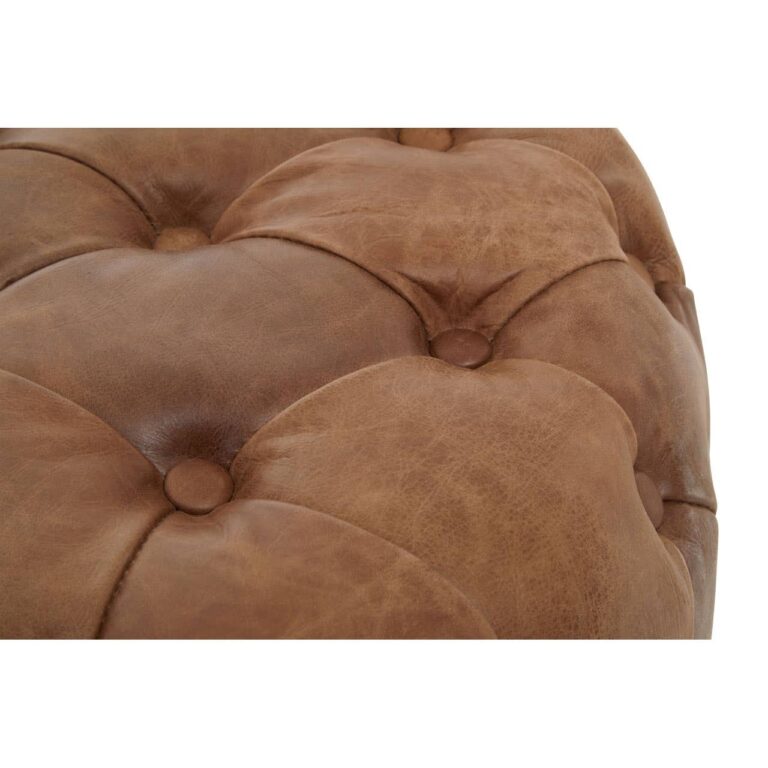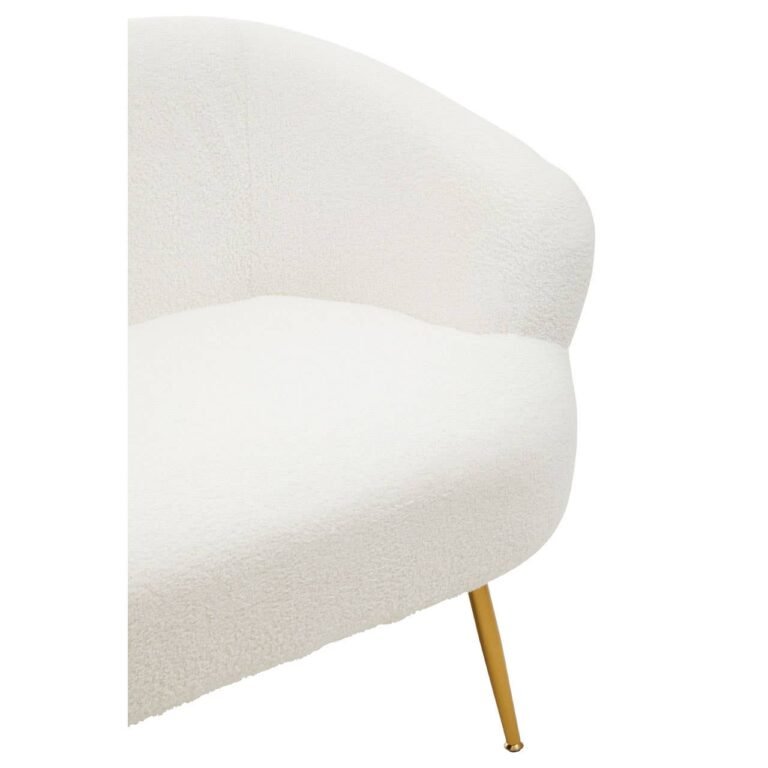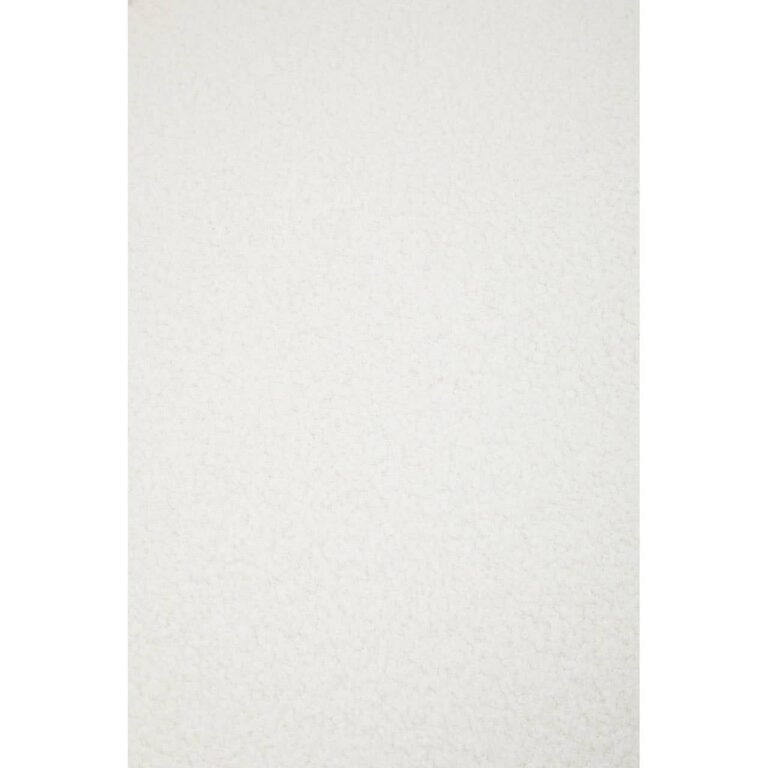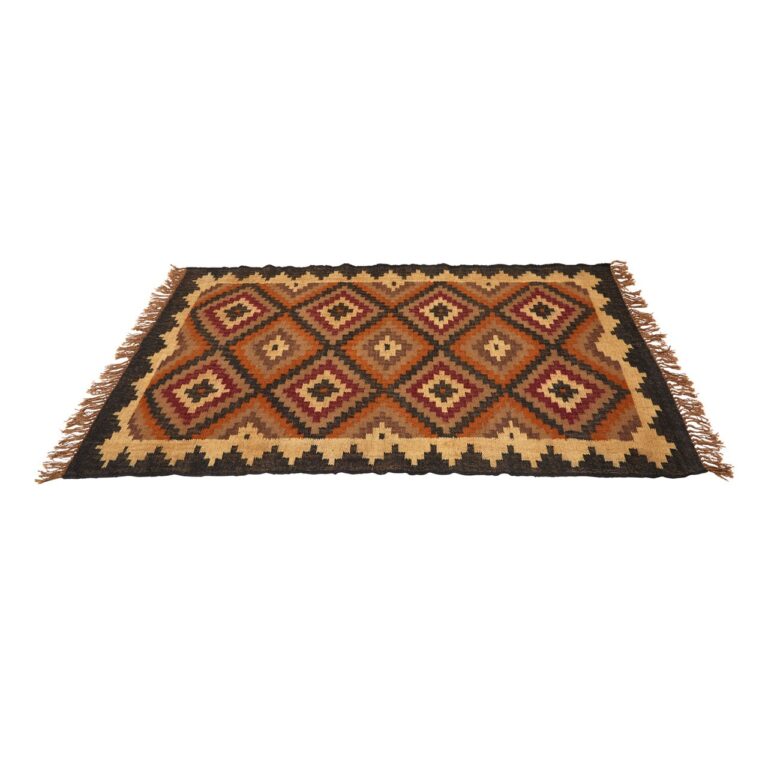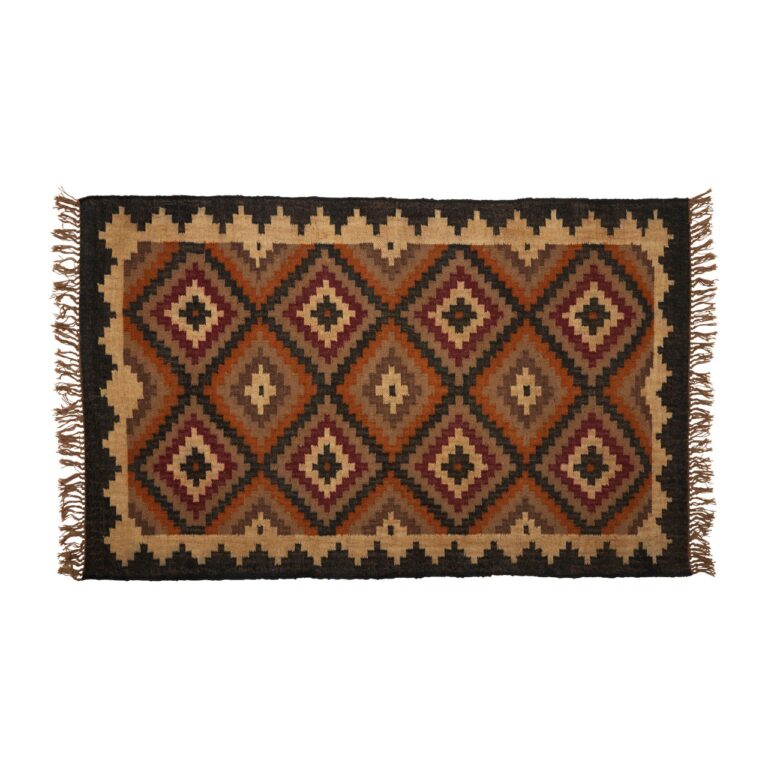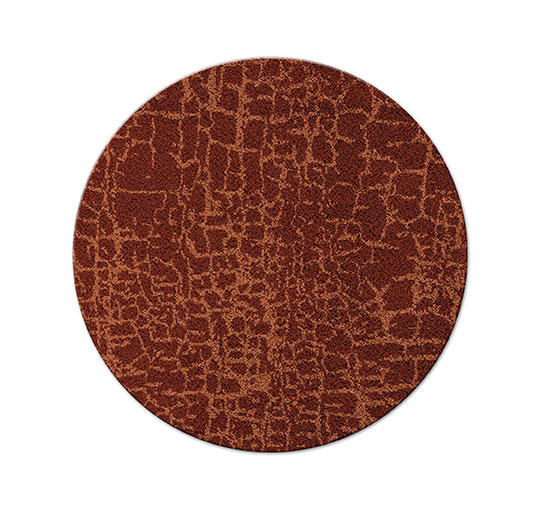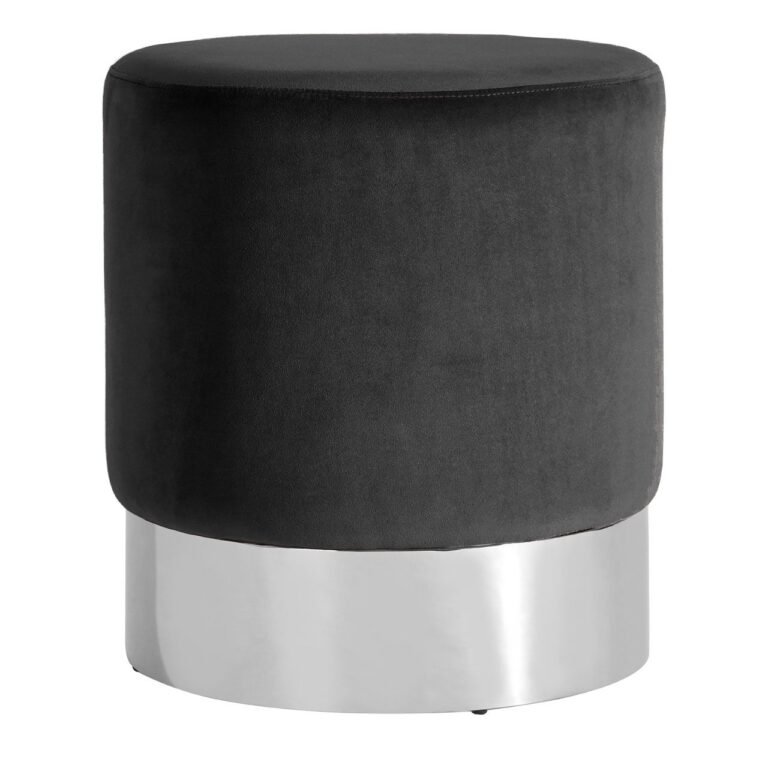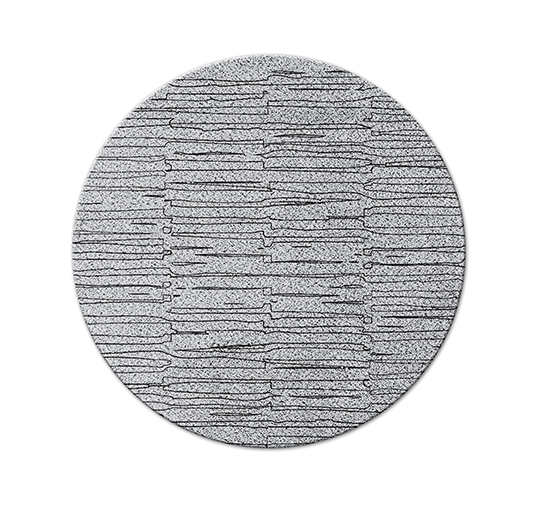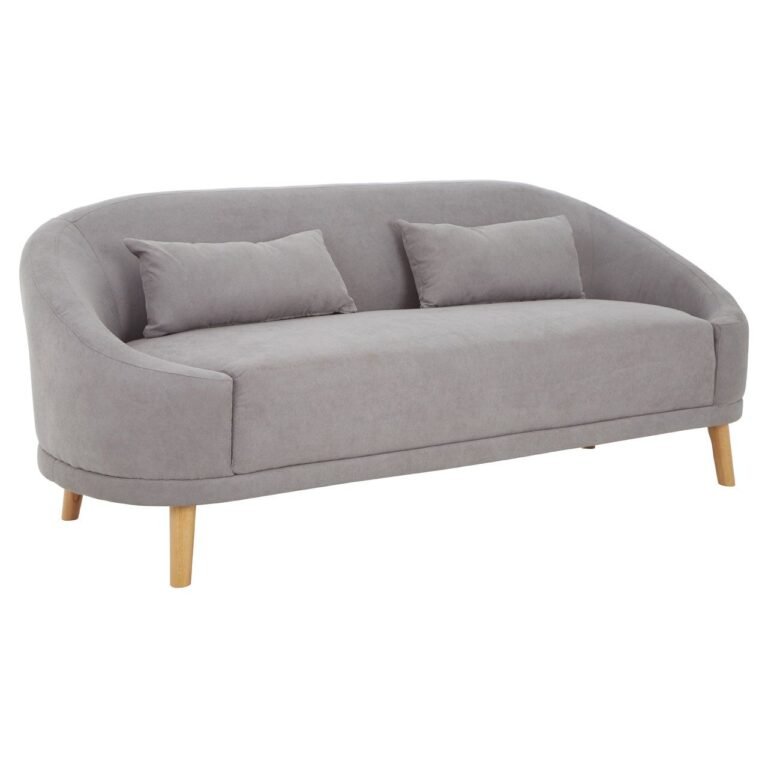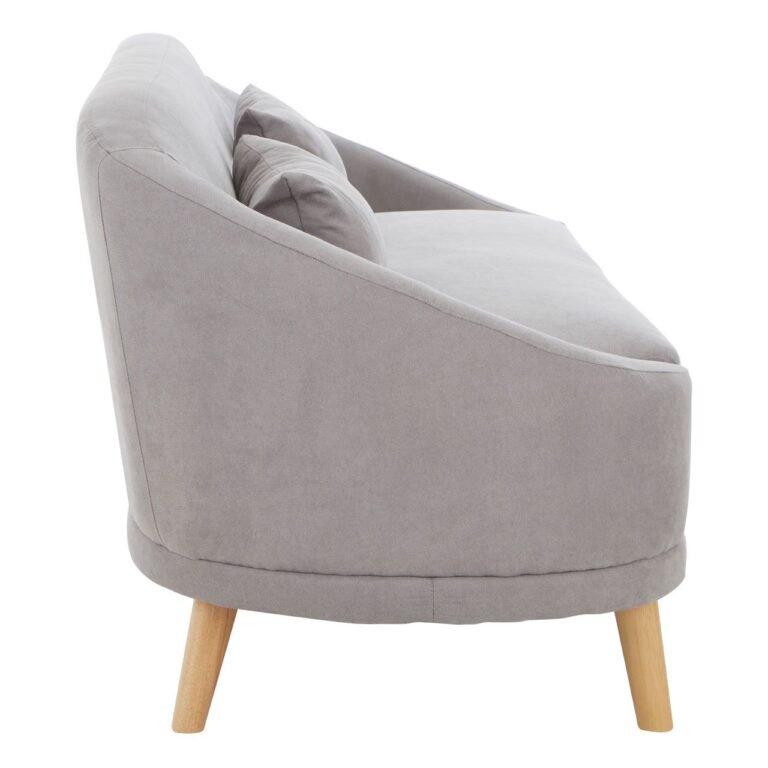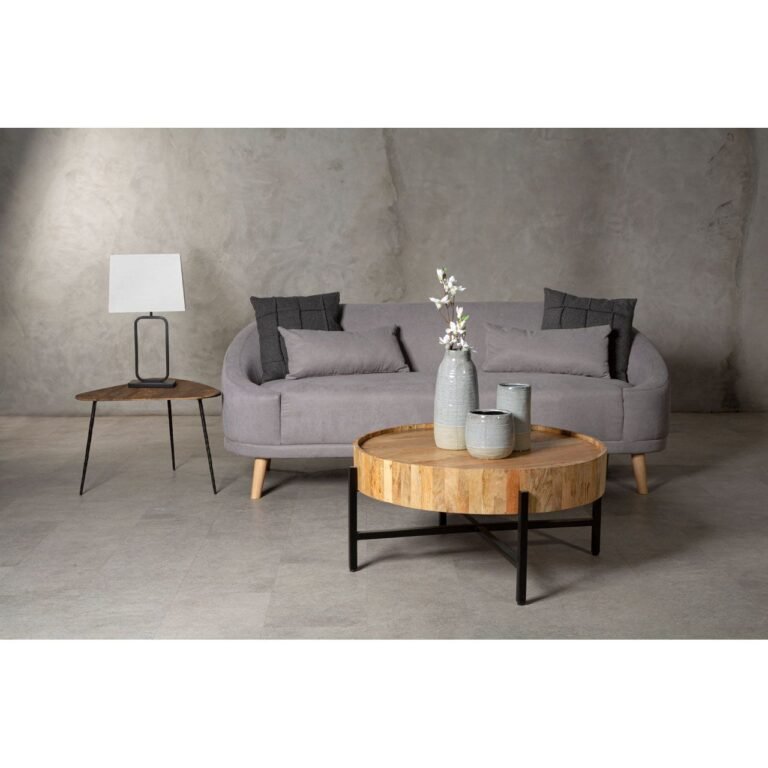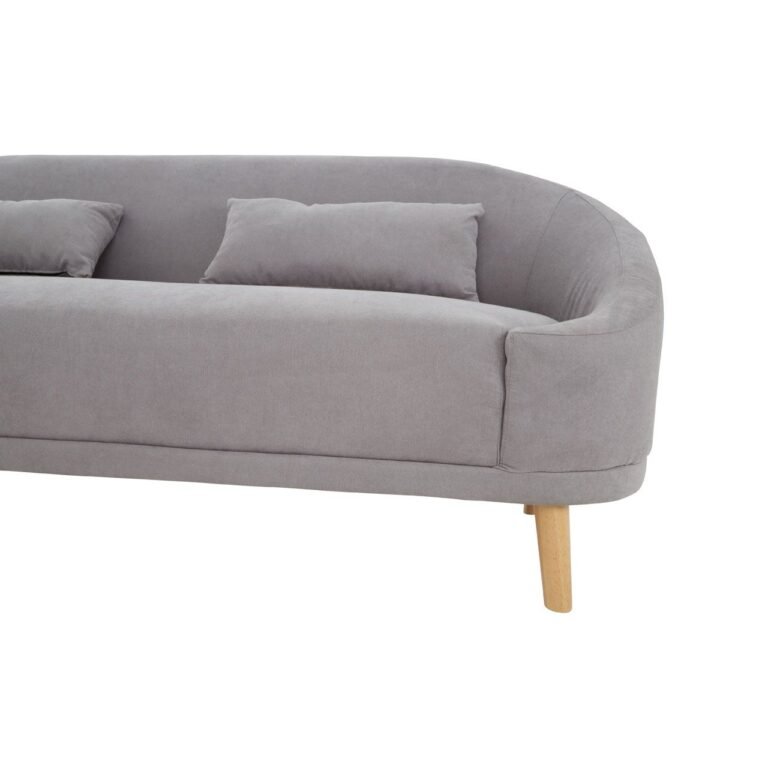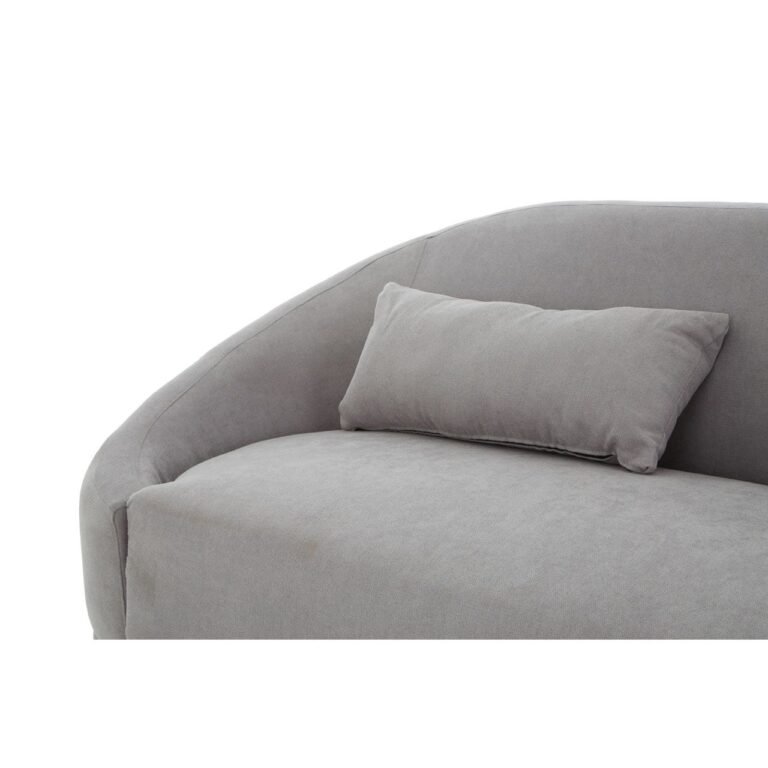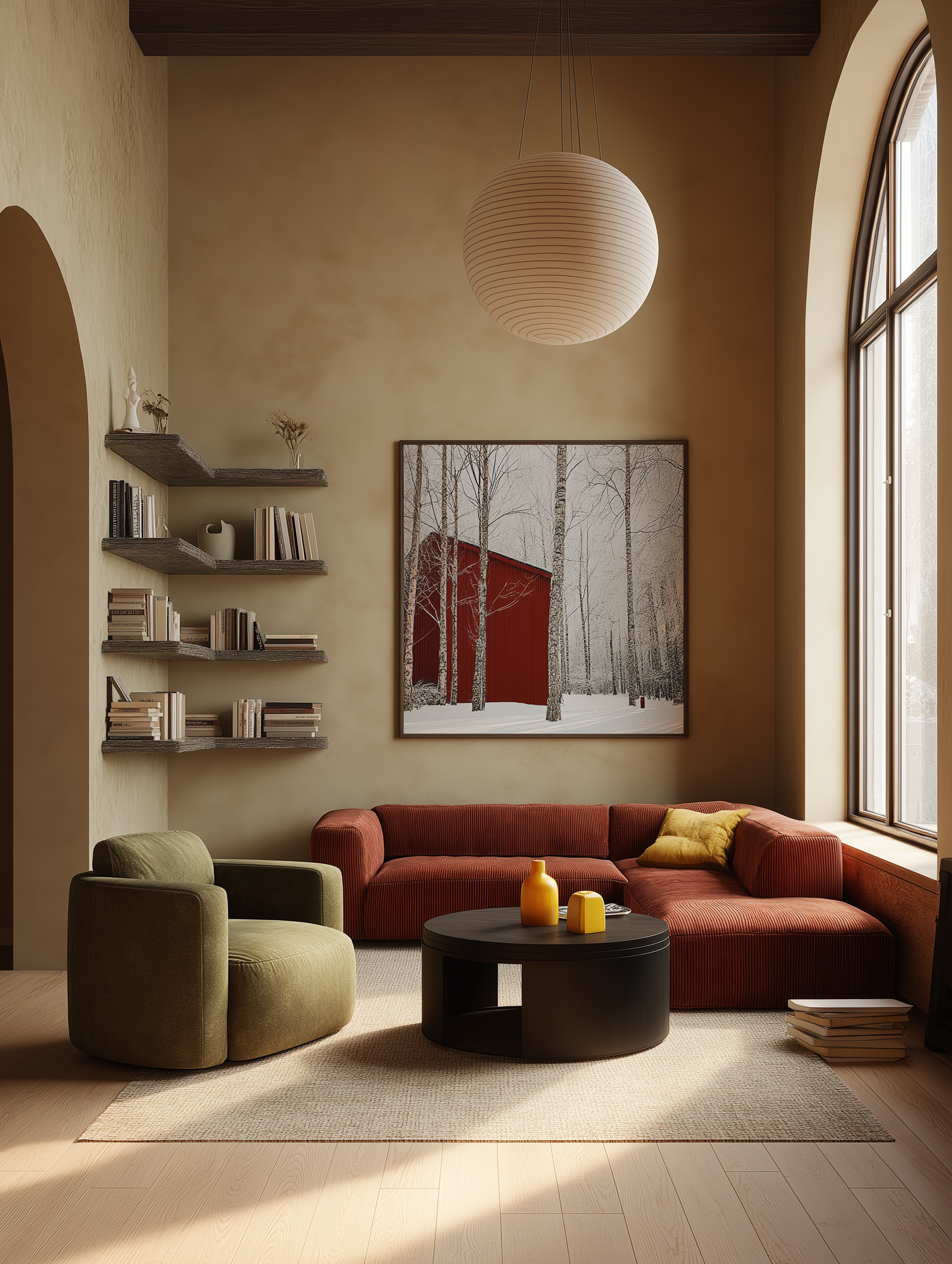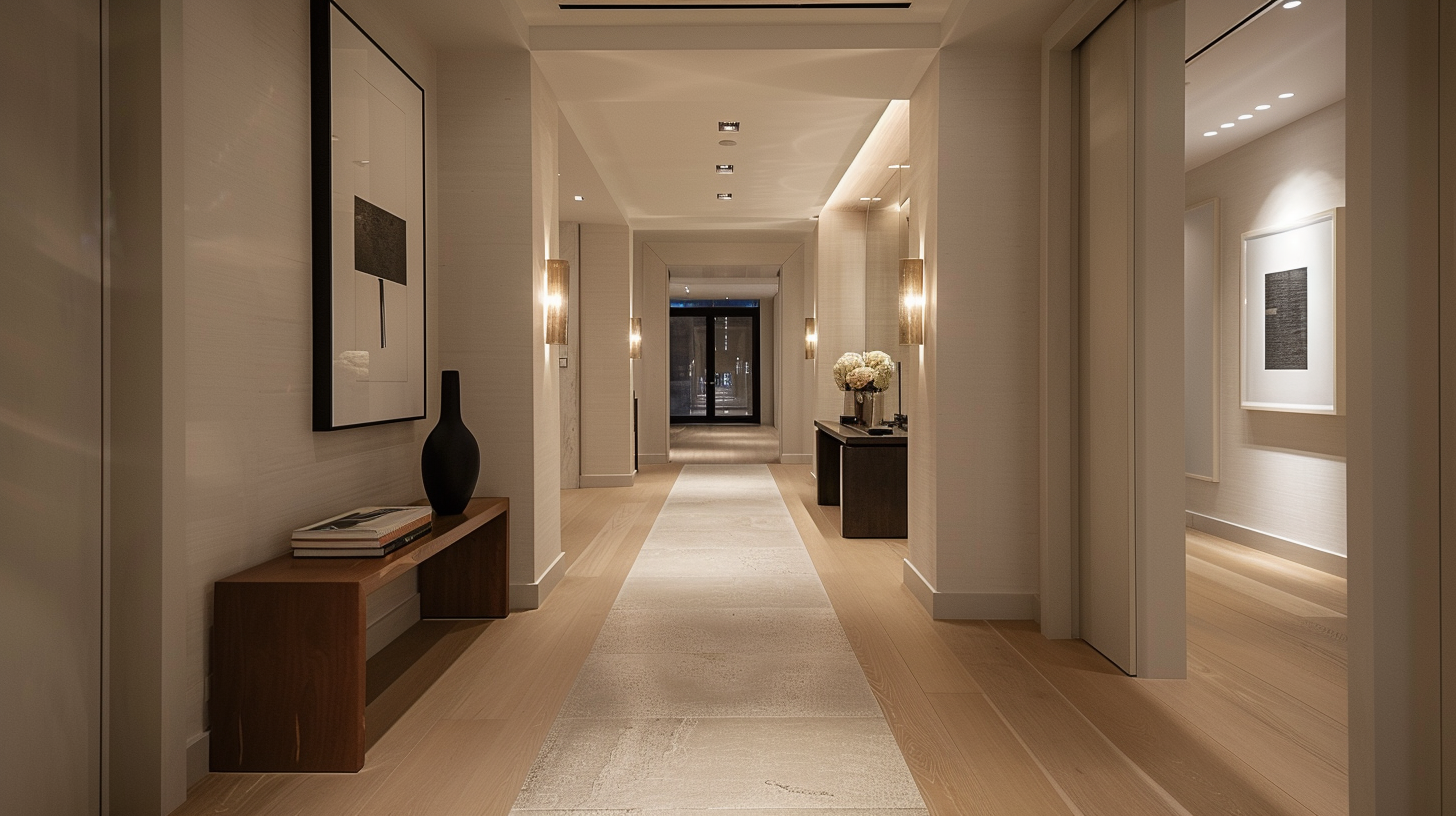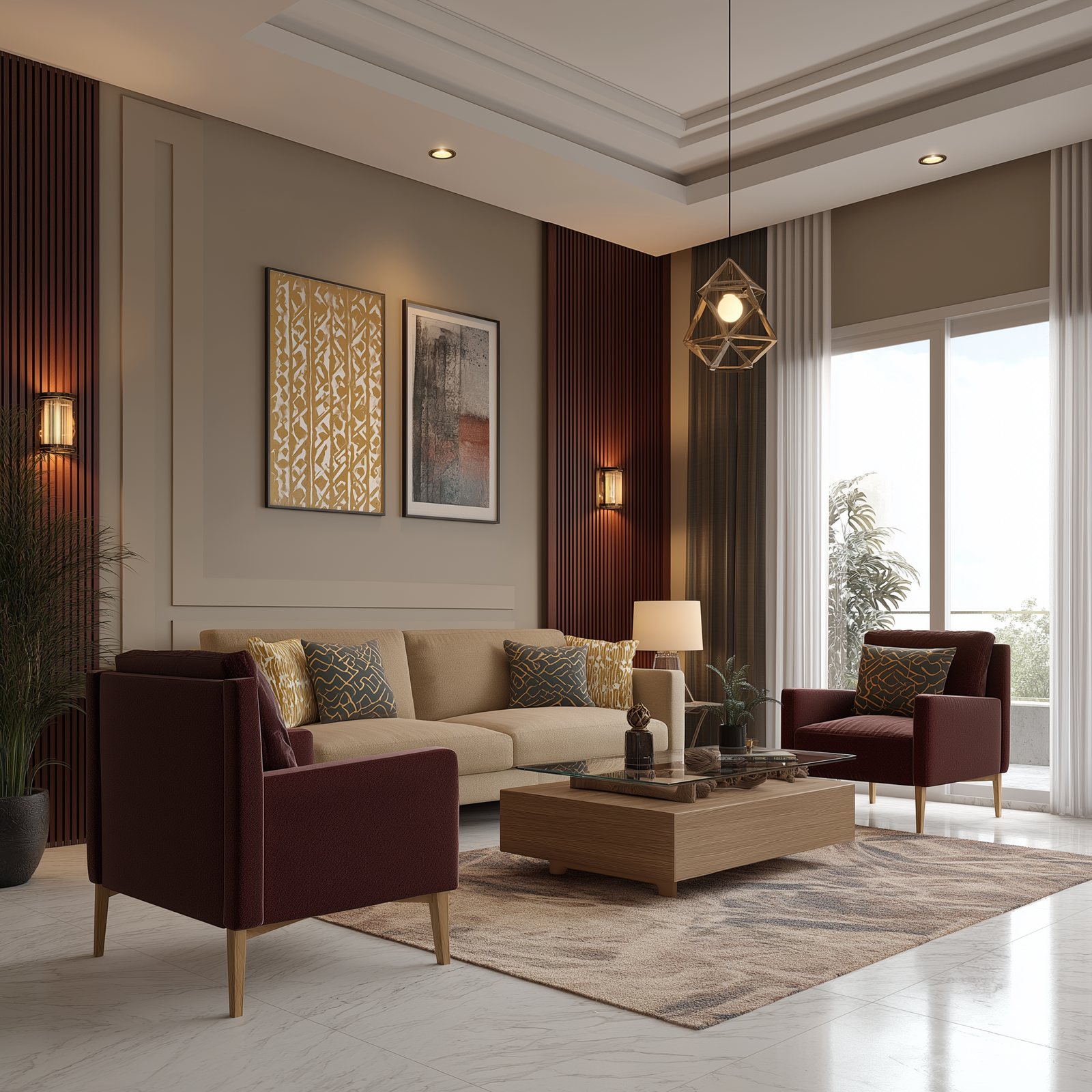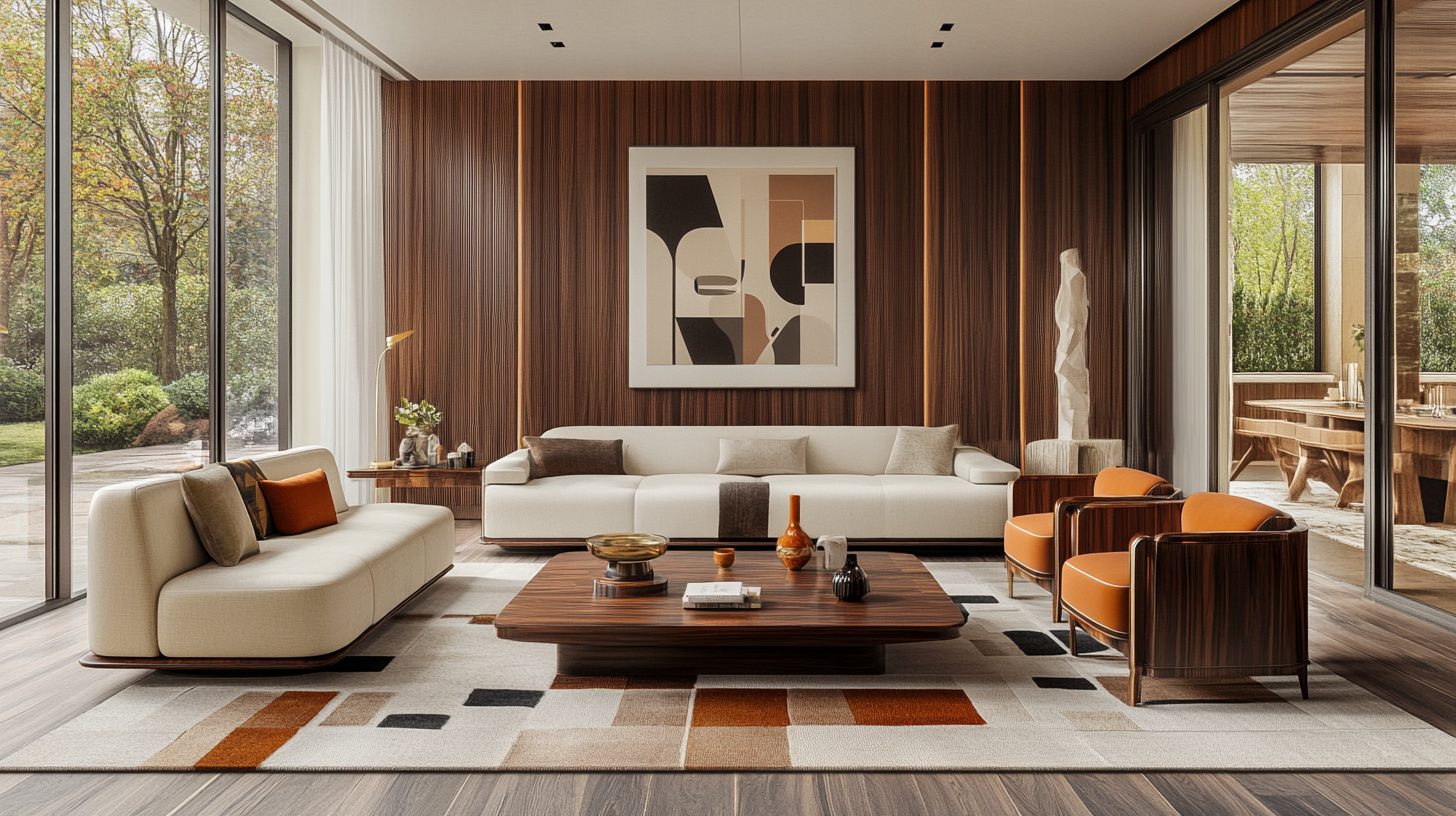Master the art of rug layering to enhance your home's design. Learn how combining textures, colors, and patterns can add depth, dimension, and a touch of luxury to any room.
When it comes to elevating a room’s style and adding warmth, nothing compares to the transformative power of rugs. But what happens when you take things a step further? Enter the art of layering rugs—a trend that’s taking the design world by storm. This technique is not just about placing one rug over another; it’s about creating depth, dimension, and a curated look that exudes luxury.
Layering rugs is more than just a design trick—it’s a statement. It offers an opportunity to blend colors, patterns, and textures to achieve a unique aesthetic. Whether you’re looking to make a bold statement or create a cozy, lived-in feel, layered rugs can change the dynamic of any room.
Layered rugs bring versatility into play. If your space has an open floor plan, layering helps define specific zones, such as a reading nook or living area, without the need for walls or partitions. Plus, it allows you to add extra softness and warmth, making rooms feel more inviting.
How to Layer Rugs Like a Pro
1. Start with a Neutral Base
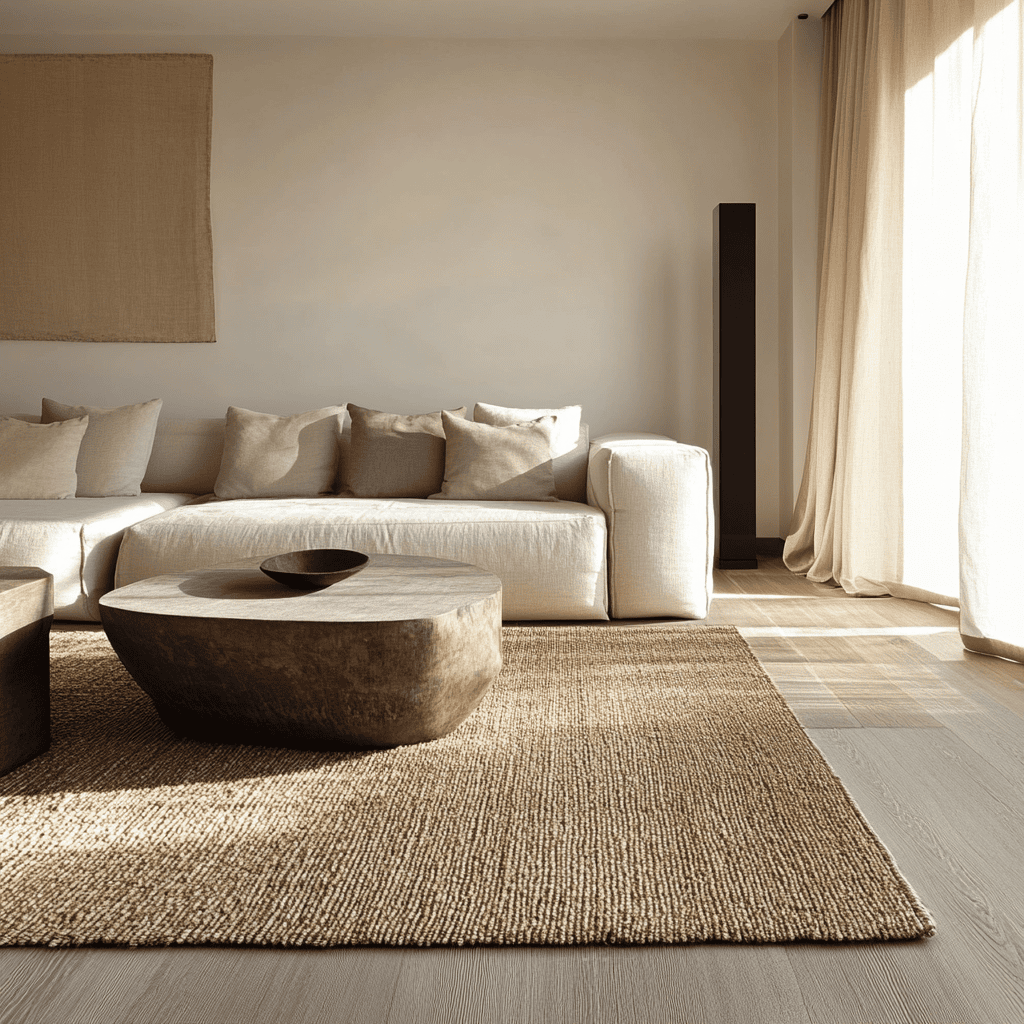
Choose a neutral, textured base rug—something like jute, sisal, or a simple wool rug. This will provide a foundation upon which to build your layered look. The base rug should be large enough to anchor your furniture but not dominate the room.
2. Add Personality with Patterns

The second, smaller rug is your opportunity to inject personality and color. A bold geometric print or a vintage Persian-style rug works wonders when layered over a solid base. Opt for contrasting colors and designs to make each rug stand out.
3. Play with Textures
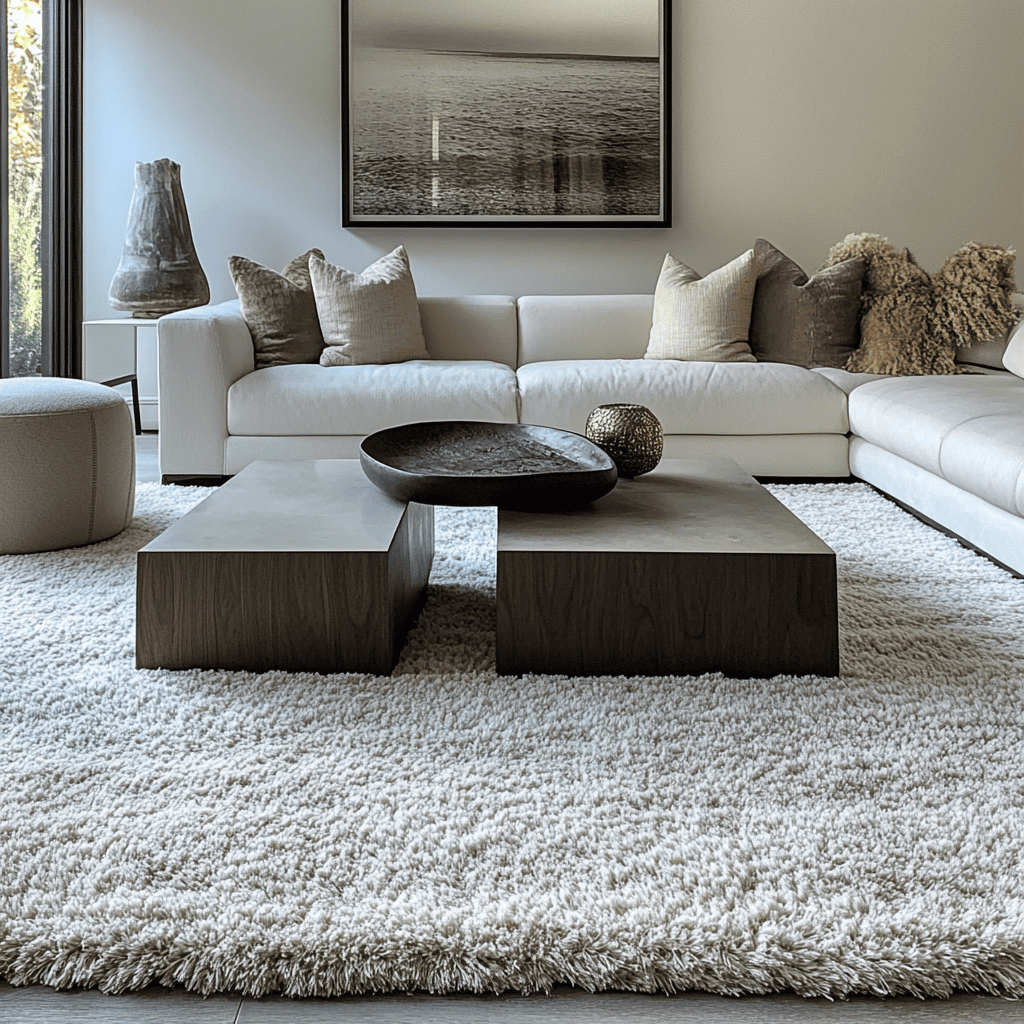
Rug layering is not just about colors or patterns; textures play a huge role in this trend. Mix materials to create a tactile experience. A plush, shaggy rug layered over a flatwoven one adds depth and softness underfoot.
4. Experiment with Shapes
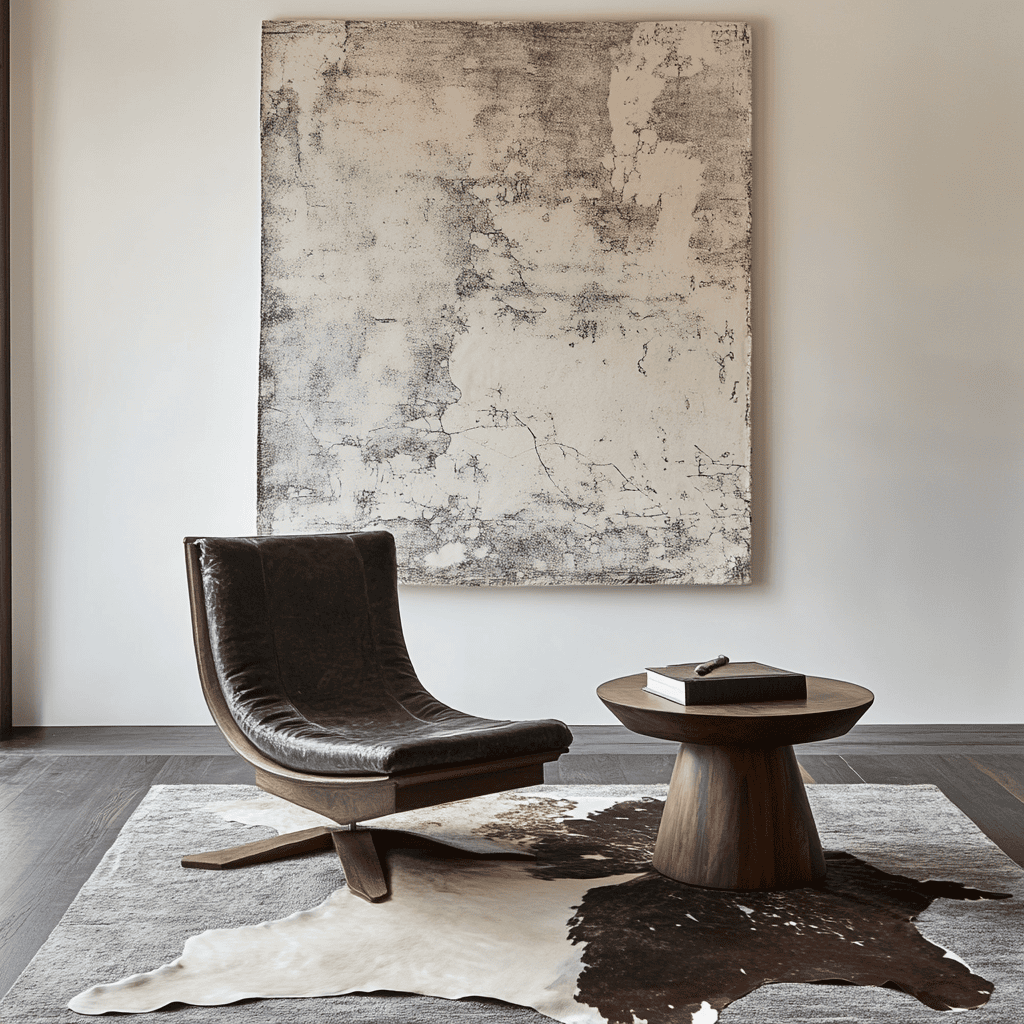
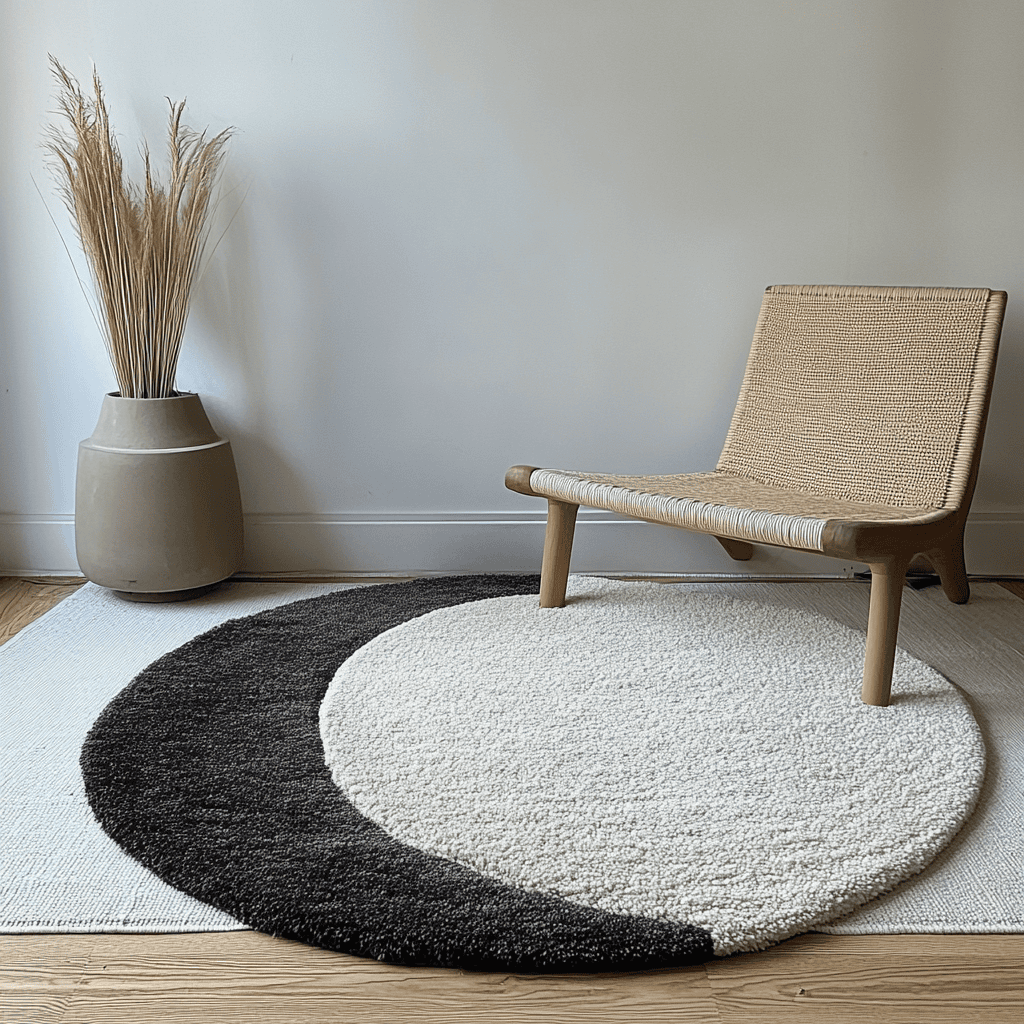
Most people default to rectangular rugs, but don’t be afraid to experiment with different shapes. A round rug layered over a square one, or a cowhide rug draped over a traditional rectangular piece, can break up the monotony and add an artistic touch to your design.
5. Mind the Scale
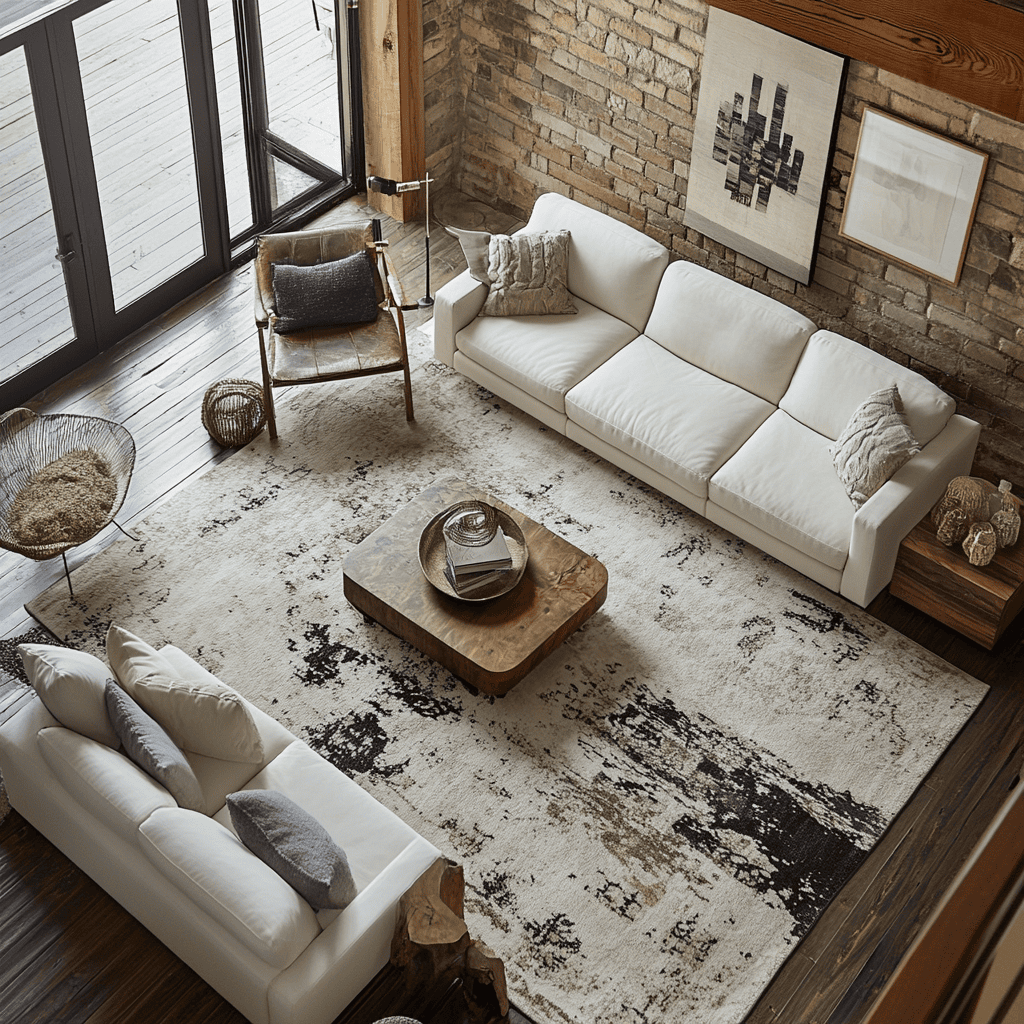
When layering, size matters. The base rug should always be larger, with the top rug smaller but strategically placed. If you’re covering a large area, ensure your rugs are proportionate to your furniture and room layout. Too small, and the effect will be lost.
6. Balance Function and Style

Layered rugs shouldn’t just look good—they should also serve a purpose. In high-traffic areas, prioritize durability by using rugs made of tougher materials like sisal for the base layer. Top it off with a soft, patterned wool or cotton rug for a stylish but functional look.
Layering Rugs in Different Spaces
Living Room: Use a large, neutral-toned rug as the foundation beneath your furniture. Add a smaller, patterned rug in the seating area to create focus and define the space.
Bedroom: Layer a soft rug over a larger one to add warmth next to the bed. This creates a cozy, inviting atmosphere, especially on cold mornings.
Living Room: Use a large, neutral-toned rug as the foundation beneath your furniture. Add a smaller, patterned rug in the seating area to create focus and define the space.
Bedroom: Layer a soft rug over a larger one to add warmth next to the bed. This creates a cozy, inviting atmosphere, especially on cold mornings.
Styling Tips for Layering Rugs
Use Color Theory: Harmonize your rugs with the color palette of the room. Use complementary colors for a subtle effect, or go bold with contrasting tones for a vibrant, dynamic look.
Don’t Overcrowd: The key to successful rug layering is balance. Make sure not to overcrowd your space with too many patterns or rugs that compete for attention. Keep one rug neutral if the other is bold.
Consider Maintenance: Be mindful of the material, especially in high-traffic areas. Natural fibers like jute are low-maintenance but adding a high-pile rug over it can make the space more comfortable without overwhelming the room.
FAQs
Can you layer rugs in small spaces?
Yes! Layering rugs works even in small spaces, as long as you keep the size and scale of the rugs proportional. A smaller, patterned rug over a neutral base can add depth without cluttering the room.
How do you keep layered rugs in place?
You can use rug pads or anti-slip mats between the layers to keep them from shifting. This is especially important in high-traffic areas or homes with children and pets.
What rugs work best for layering?
Flatwoven rugs make the perfect base layer, while plush, high-pile, or patterned rugs are ideal for the top layer. Combining different textures and materials adds both visual and tactile interest.



